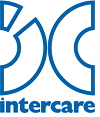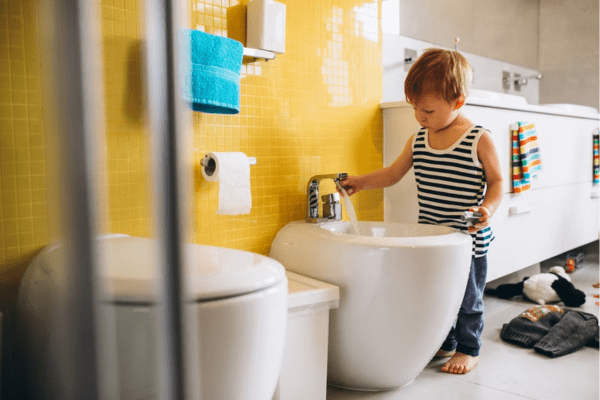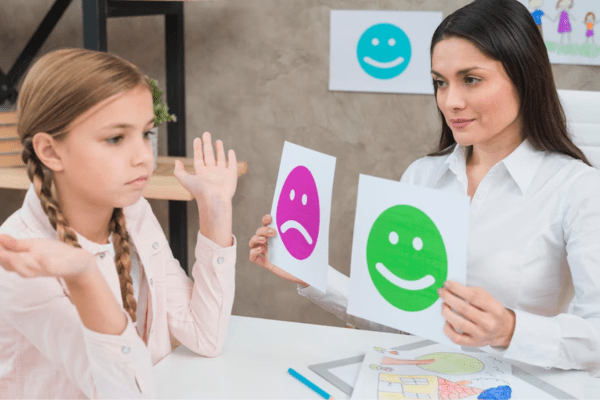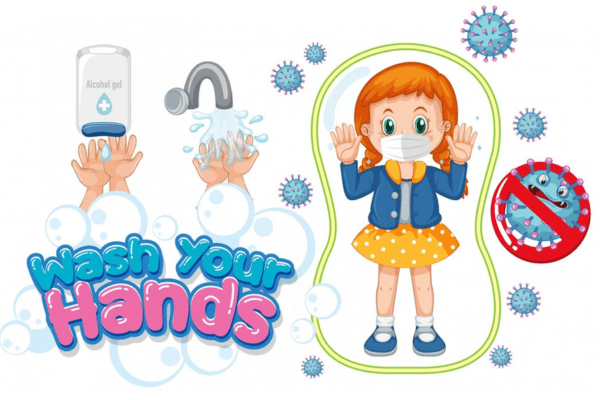Teaching children about restroom hygiene is a vital aspect of their overall education and development. Instilling proper hygiene practices from an early age not only helps prevent the spread of germs and illnesses but also cultivates habits that will benefit them throughout their lives. In this article, we will explore the importance of child-friendly restroom hygiene education and provide strategies for effectively imparting these essential skills.
The Significance of Child-Friendly Restroom Hygiene Education:
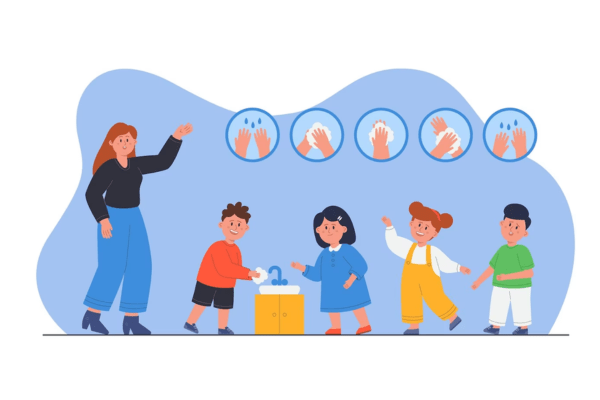 Children are naturally curious and eager learners, making their formative years an ideal time to introduce them to proper restroom hygiene practices. By establishing these habits early, we empower them to take responsibility for their health and well-being. Moreover, instilling hygiene education in a child-friendly manner sets a strong foundation for lifelong habits and cultivates a sense of respect for themselves and others.
Children are naturally curious and eager learners, making their formative years an ideal time to introduce them to proper restroom hygiene practices. By establishing these habits early, we empower them to take responsibility for their health and well-being. Moreover, instilling hygiene education in a child-friendly manner sets a strong foundation for lifelong habits and cultivates a sense of respect for themselves and others.
Strategies for Effective Child-Friendly Restroom Hygiene Education:

- Interactive Learning: Children learn best through hands-on experiences. Create interactive sessions that involve them in learning about handwashing, toilet etiquette, and other restroom hygiene practices. For instance, let them experiment with handwashing using soap and water to understand how germs are removed.
- Visual Aids: Visual aids, such as colorful posters and diagrams, can make learning fun and engaging. Create visuals that demonstrate the step-by-step process of proper handwashing, how to use toilet paper, and other relevant hygiene practices.
- Storytelling: Craft simple stories or narratives that revolve around restroom hygiene. This can capture children’s imagination and make the learning experience more memorable. Use relatable characters and scenarios to convey hygiene concepts effectively.
- Role Modeling: Children often mimic the behavior of adults and peers. Practice good restroom hygiene yourself and encourage older siblings or classmates to serve as positive role models. Seeing hygiene practices in action can inspire them to follow suit.
- Games and Activities: Incorporate games, puzzles, and activities that reinforce hygiene concepts. For instance, a handwashing song with specific steps can turn the process into a fun routine. “Simon says” type games can also teach children the correct order of actions during restroom visits.
- Open Conversations: Create a safe space for children to ask questions about restroom hygiene. Address their inquiries in a factual and age-appropriate manner. Encouraging open conversations reduces confusion and myths around these topics.
- Storybooks and Videos: Utilize age-appropriate storybooks and videos that focus on hygiene. These resources can help children visualize and understand the importance of cleanliness in a relatable way.
- Personalization: Involve children in personalizing their own hygiene routines. Let them choose their favorite soap or towel, which can make the experience more enjoyable and encourage consistency.
- Repetition: Repetition is key to forming habits. Regularly remind children about restroom hygiene practices and reinforce their learning through consistent practice.
- Positive Reinforcement: Celebrate and praise children when they demonstrate good hygiene practices. Positive reinforcement fosters a sense of accomplishment and encourages them to continue following these habits.
Empowering a Healthier Future:

Child-friendly restroom hygiene education is a vital investment in the well-being of children and the communities they inhabit. By introducing these habits in a fun, interactive, and relatable manner, we lay the groundwork for a future generation that values personal hygiene, understands its significance, and contributes to a healthier and safer world for all.
Creating a Child-Centric Approach:
To effectively teach restroom hygiene to children, it’s crucial to adopt an approach that caters to their unique needs and learning styles. Children thrive when learning is exciting, engaging, and adapted to their cognitive development stages. Therefore, incorporating the following strategies can lead to more successful and lasting education:
1. Understanding Developmental Stages:
Children of different ages have varying levels of understanding and capability. Tailor your approach to the developmental stage of the child you are educating. Younger children might need more visual cues and simplified language, while older children can grasp more complex concepts.
2. Multi-Sensory Learning:
Children learn best when multiple senses are engaged. Combine visual aids, interactive activities, and even scents (e.g., using scented soaps) to enhance their learning experience and memory retention.
3. Hands-On Practice:
Allow children to practice what they’ve learned in a real or simulated environment. Demonstrate proper handwashing techniques, show how to use toilet paper, and let them mimic these actions.
4. Relatable Examples:
Use examples that are relevant to a child’s world. Compare germs to “invisible monsters” or discuss how superheroes always wash their hands to stay healthy. Relatable scenarios make the information more relatable and memorable.
Building Lifelong Hygiene Habits:
The ultimate goal of child-friendly restroom hygiene education is to instill habits that children will carry into adulthood. These habits should extend beyond the restroom and become an integral part of their daily lives. Here’s how to ensure that the lessons learned stick:
1. Consistency and Routine:
Encourage children to follow a consistent hygiene routine. Make handwashing a regular part of key activities, such as before meals, after playtime, and after using the restroom.
2. Encouragement and Positive Feedback:
Celebrate small victories. Praise children when they practice good hygiene and remind them of the positive outcomes – feeling clean and staying healthy.
3. Parent and Caregiver Involvement:
Involve parents and caregivers in the education process. Provide resources and guidelines for reinforcing hygiene practices at home, creating a seamless transition from school to home routines.
4. Follow-Up and Reinforcement:
Revisit hygiene lessons regularly to reinforce their importance. Periodic reviews and reminders help prevent the fading of knowledge over time.
Promoting a Healthy Community:

Child-friendly restroom hygiene education extends beyond the individual child; it impacts the entire community. When children understand the value of proper hygiene, they become ambassadors of cleanliness in their homes, schools, and social circles. This collective effort leads to healthier environments and reduced instances of illness.
In Conclusion:
Child-friendly restroom hygiene education is a cornerstone of a healthier and more hygienic future. By adopting strategies that cater to children’s learning styles, focusing on building lasting habits, and involving parents and caregivers, we create a cycle of knowledge and practice that benefits individuals and communities alike. Through interactive learning, positive reinforcement, and age-appropriate communication, we can empower children to take charge of their health and well-being, ensuring a brighter and cleaner tomorrow.
